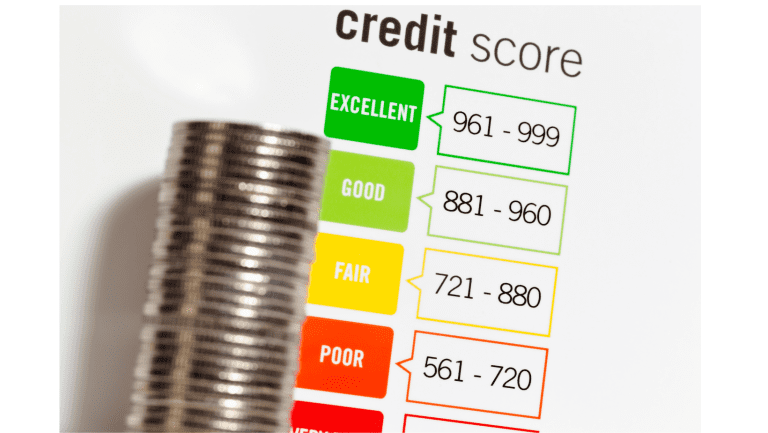At times, the stock market may seem like a jungle of companies that’s impossible to hack through. While there’s no clear path through the Johannesburg Stock Exchange jungle to your goal, there are two ratios that might help make the journey a little easier.
What are PEG and PEGY Ratios?
PEG and PEGY are value ratios that can potentially help investors spot undervalued stocks based on earnings or dividend yield. In this article, you will learn how PEG and PEGY are calculated and how they may help you spot potentially undervalued stocks. PEG and PEGY are extensions of the price-to-earnings, or P/E ratio.
Investors typically use P/E ratios to compare the performance of an individual stock to stocks of similar companies. However, the P/E ratio doesn’t account for the fact that companies with differing corporate objectives may treat earnings differently.
For example, many companies reinvest their earnings back into their organizations for research and development, or for expansion. Other companies share earnings with their shareholders in the form of dividends. Also, the P/E ratio doesn’t account for a company’s future growth nor for its dividends, but PEG and PEGY ratios do.
How does PEG Ratio work?
The PEG ratio compares a company’s P/E ratio to its forecasted earnings growth. Typically, the forecasted earnings growth is looking at either the next year or five years out. Low PEG ratios are accomplished when a company has a lower P/E paired with a higher earnings growth projection.
This can be a potentially powerful combination. A stock with a PEG ratio below 1.0 is typically considered undervalued. Whereas, stocks with ratios between 1.0 and 2.0 may be considered fairly valued. And a stock with a ratio greater than 2.0 is likely overvalued.
PEG can give an assessment of how a stock is valued compared to its growth rate.
How does the PEGY Ratio work?
PEGY is the ratio that helps evaluate dividend-paying stocks. Stocks with higher dividends don’t usually appreciate as quickly as companies that reinvest their earnings back into their business. The PEGY ratio takes dividends into account by comparing the company’s P/E ratio to its projected growth rate and dividend yield.
The dividend yield is the percentage of the stock’s current price that was paid in dividends over the previous year. The dividend yield gives investors an estimate of expected future dividend payments based on previous payments and the stock’s current price.
This information can also be found on a stock’s Profile page. The PEGY ratio is calculated in the same way as the PEG ratio, but the dividend yield is added to the denominator. For example, suppose a company has a P/E ratio of 14, a 5-year projected earnings growth of 15%, and a dividend yield of 2.5%. With these figures, the company has a PEGY ratio of 0.8.
How to calculate PEGY Ratio
To calculate PEGY, use the same scale as the PEG ratio. A stock with a PEGY ratio of less than 1.5 is generally considered undervalued, 1.5 to 2.5 fairly valued, and greater than 2.5 overvalued. Using this scale, the example company is considered undervalued. While there are other important factors and risks to consider when evaluating stocks, many investors use PEG and PEGY to help find undervalued stocks.










































